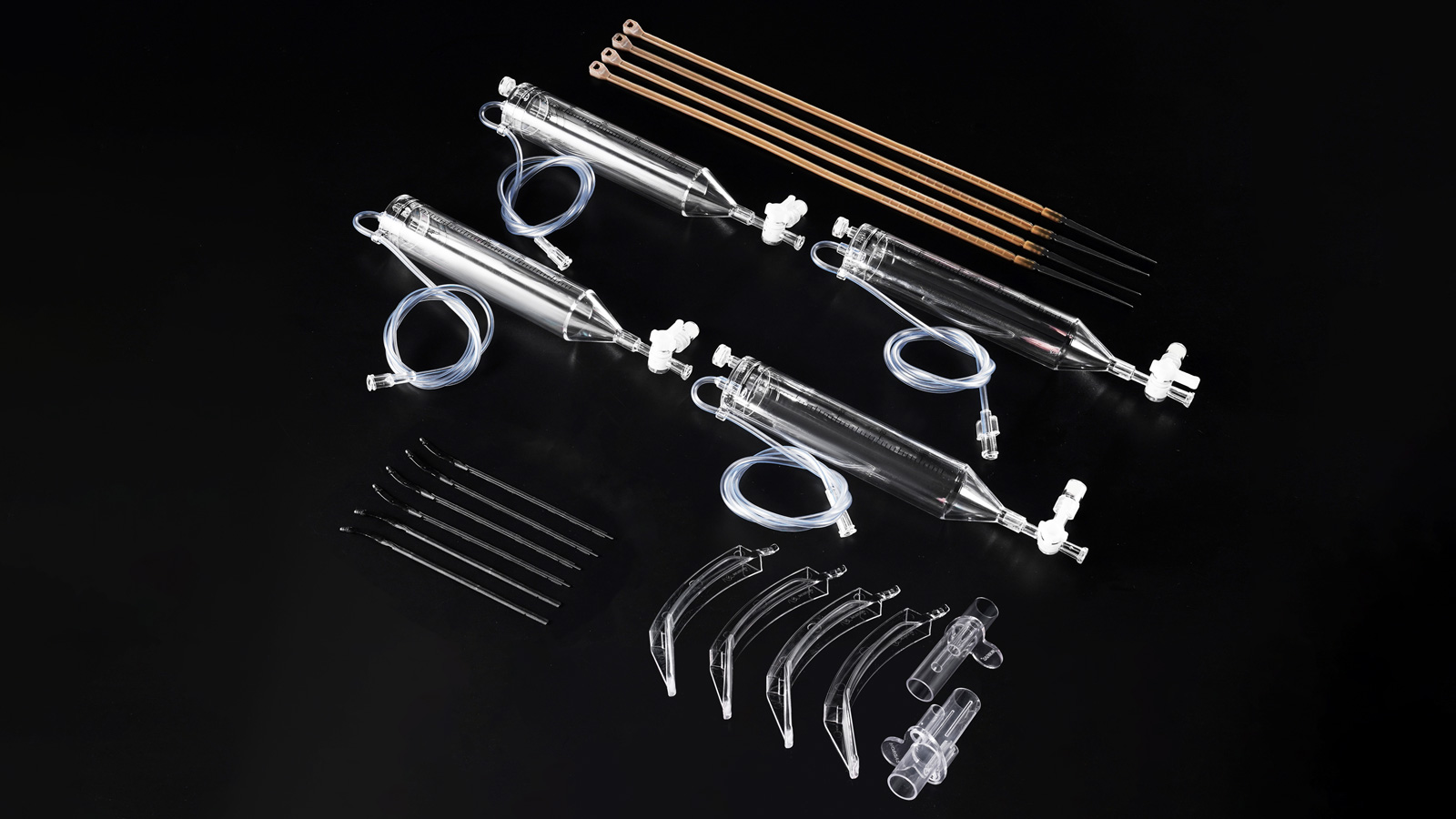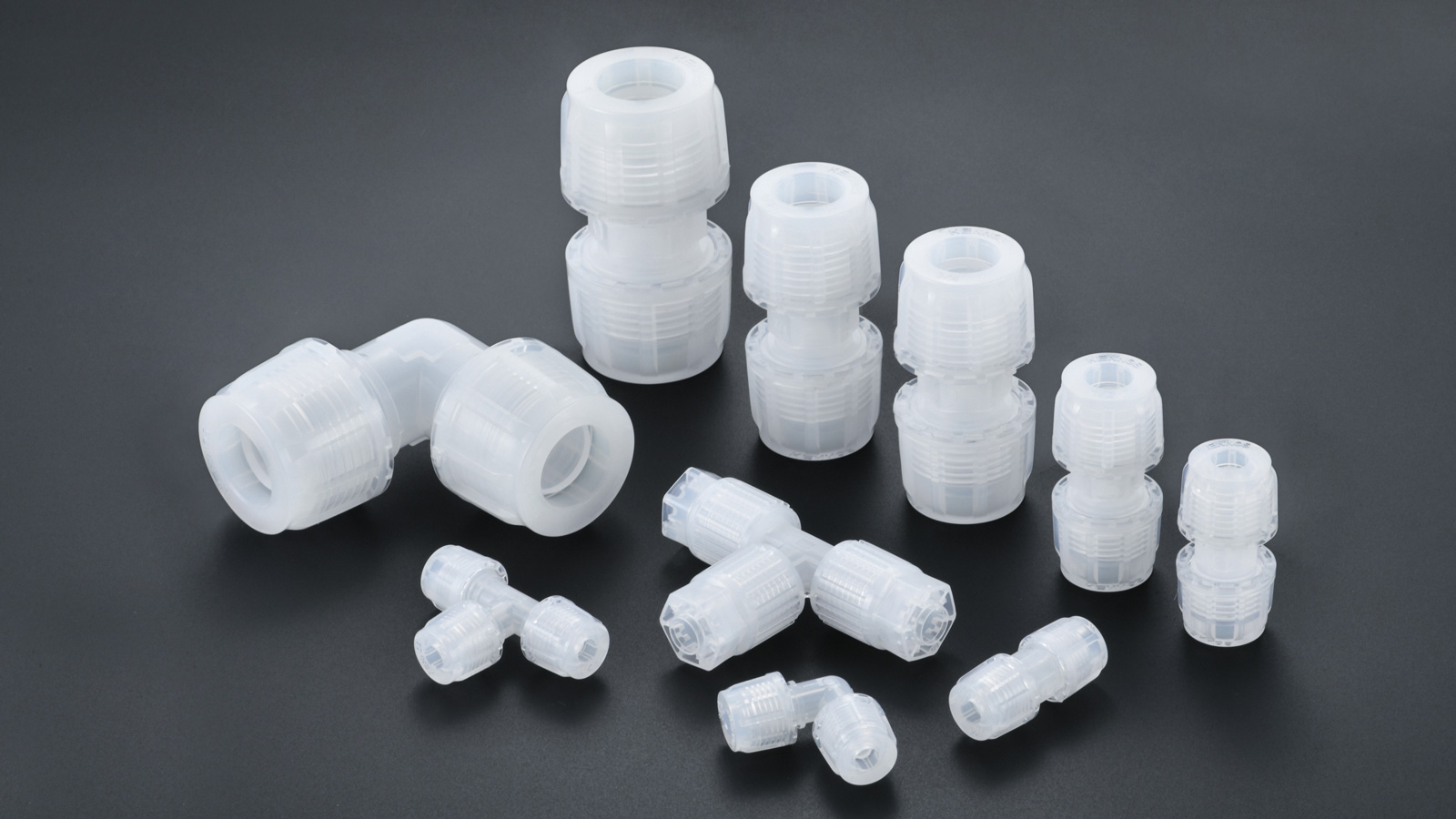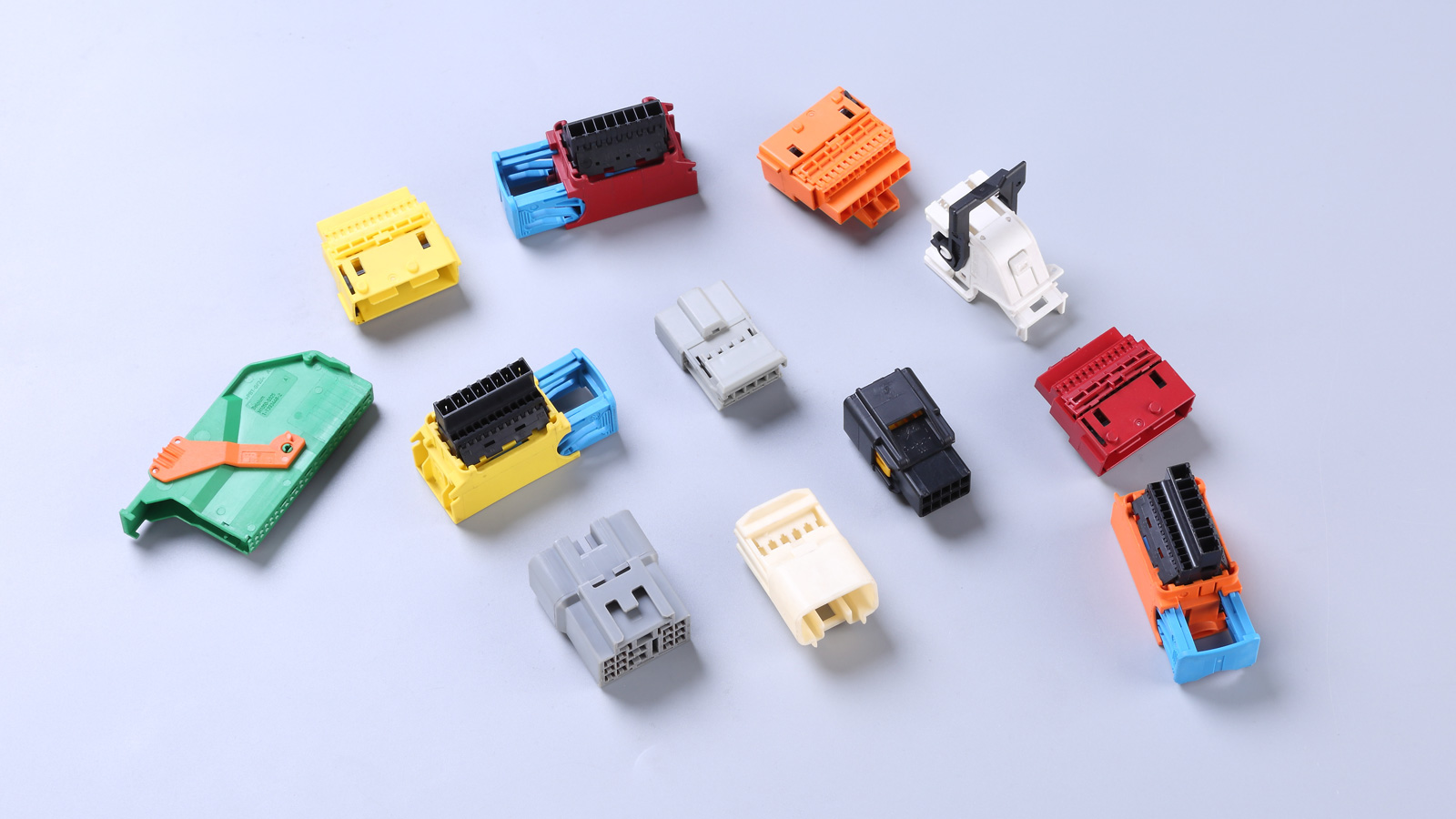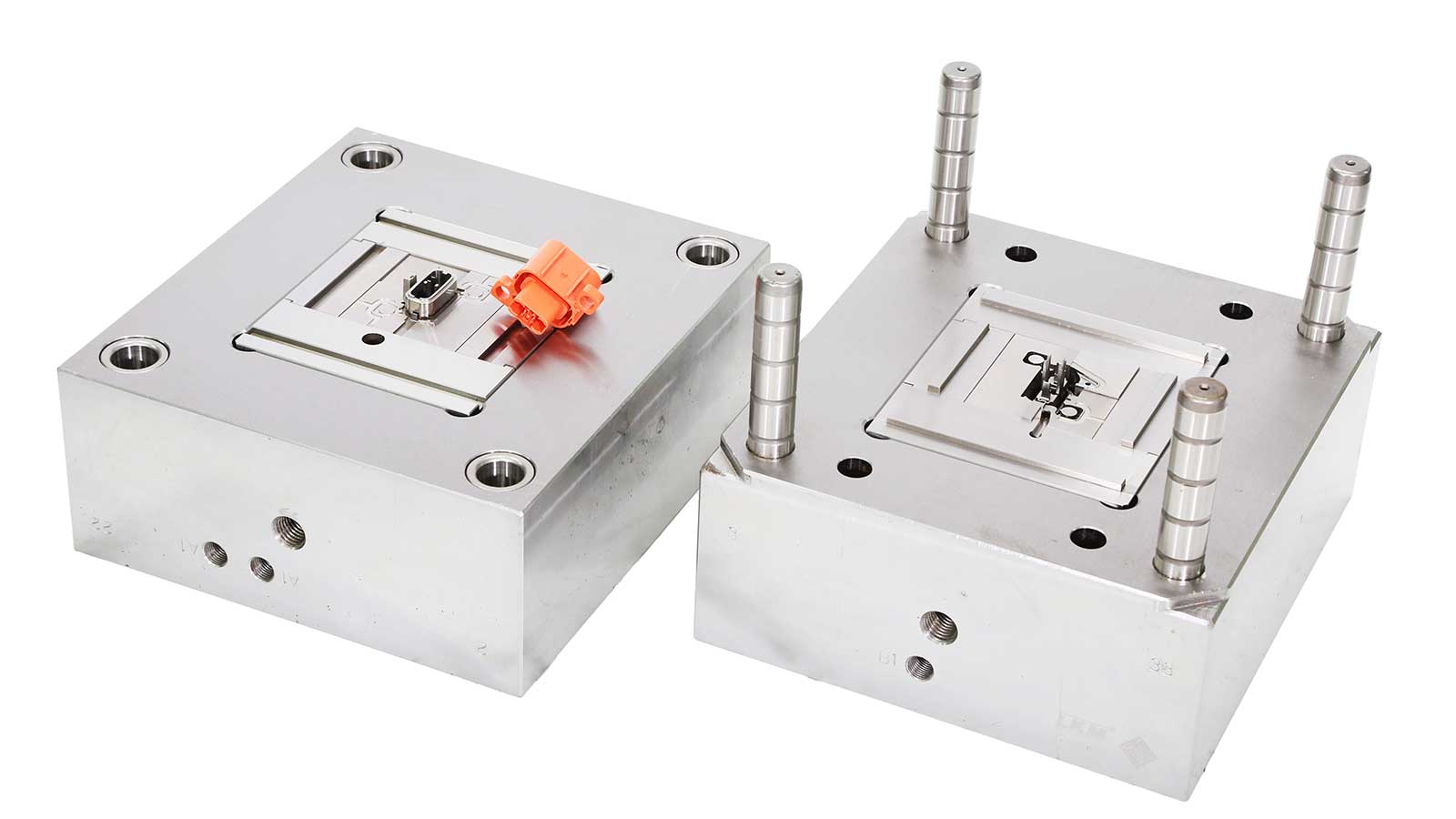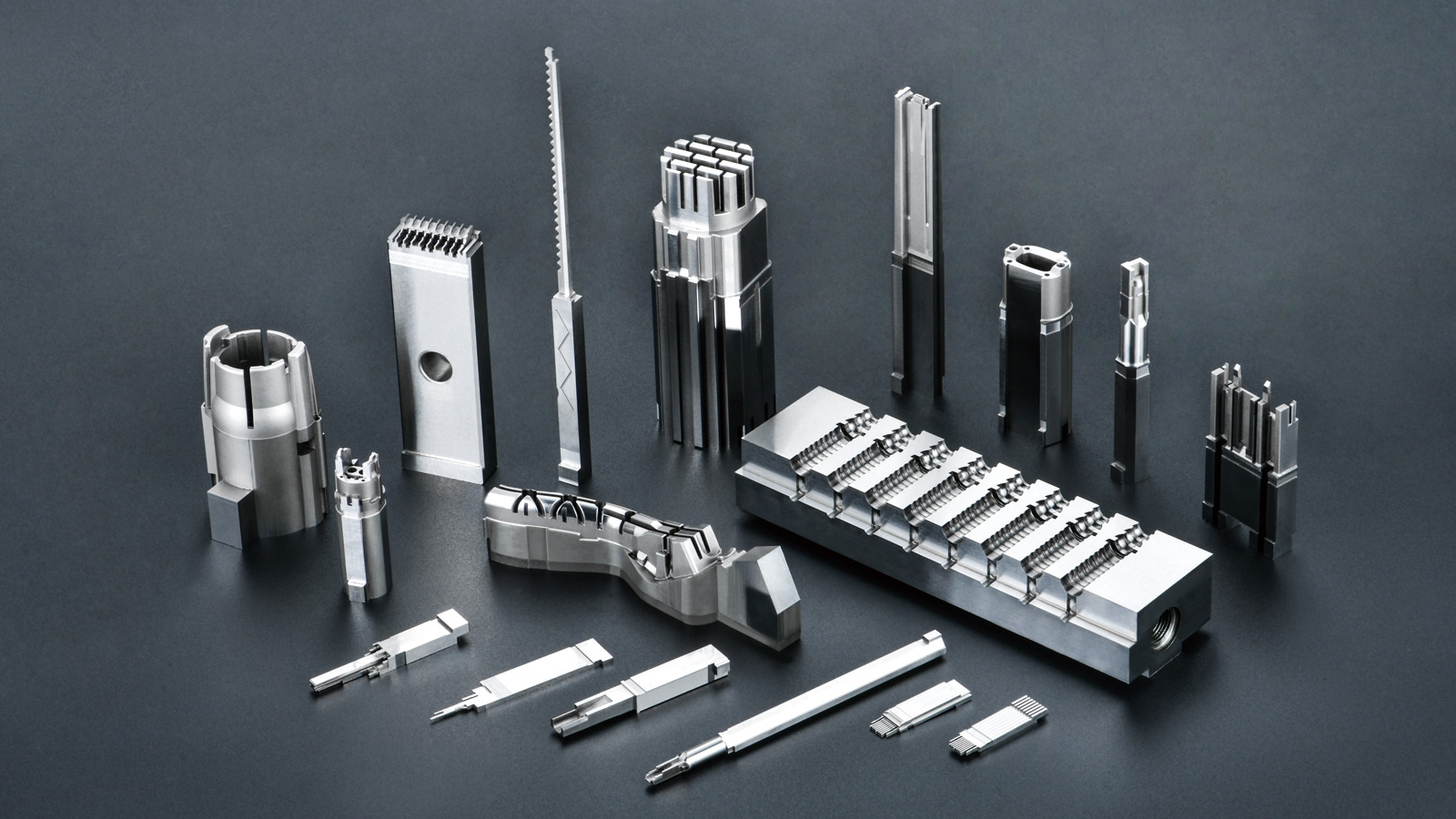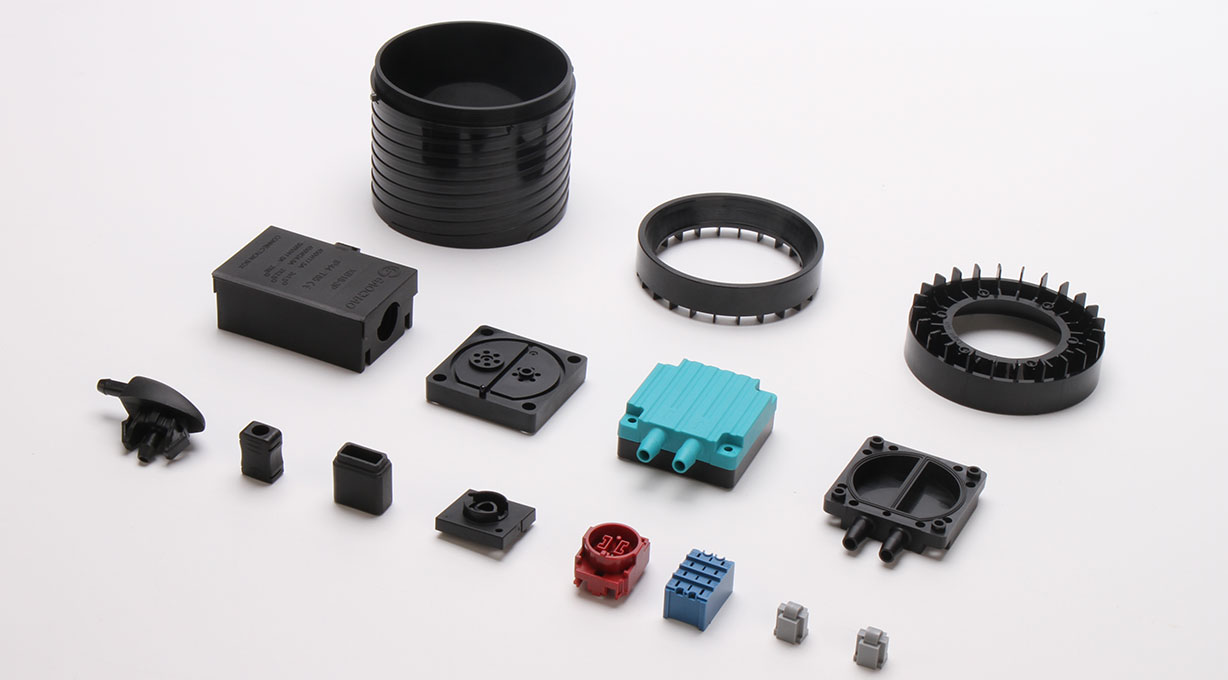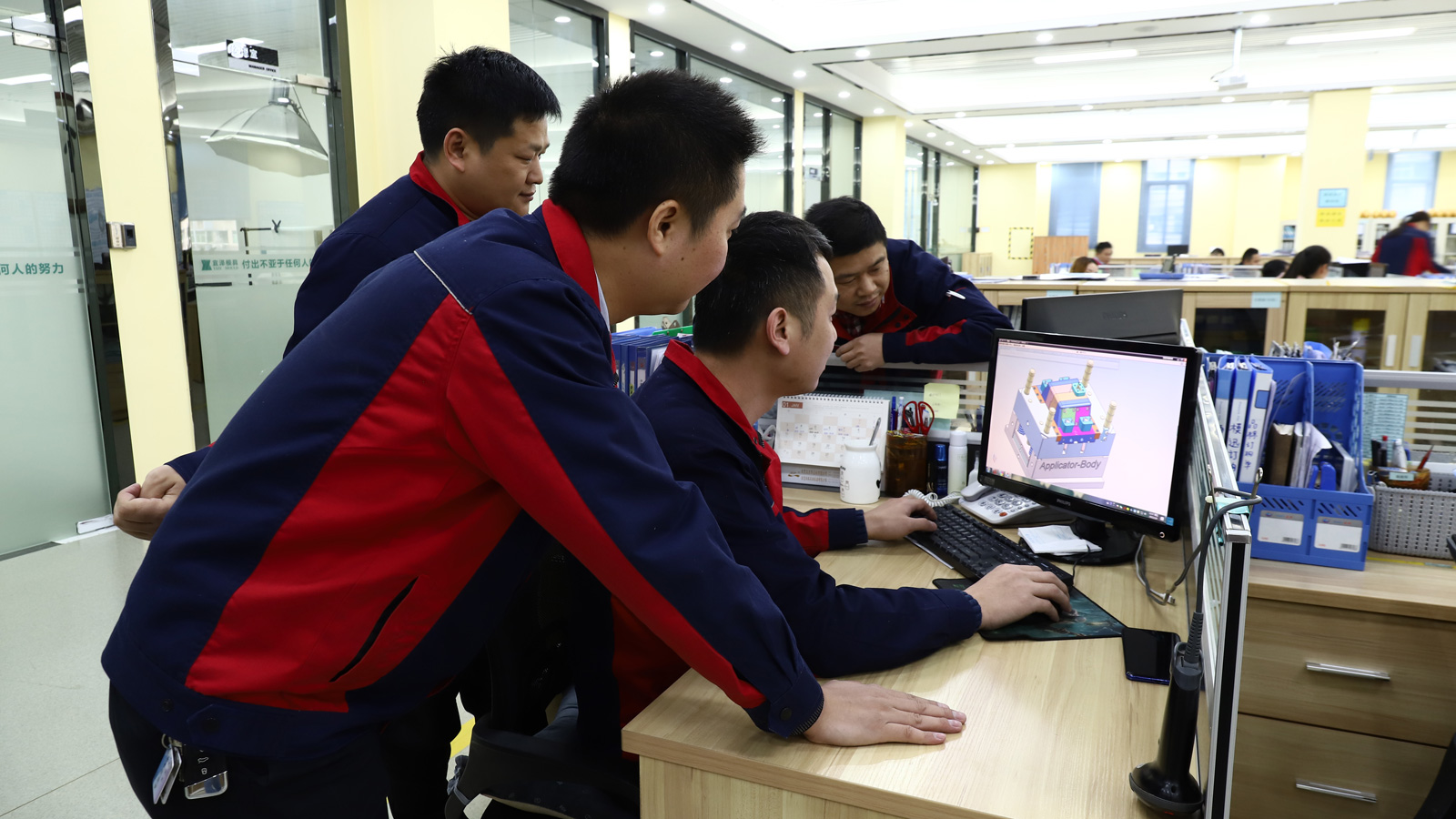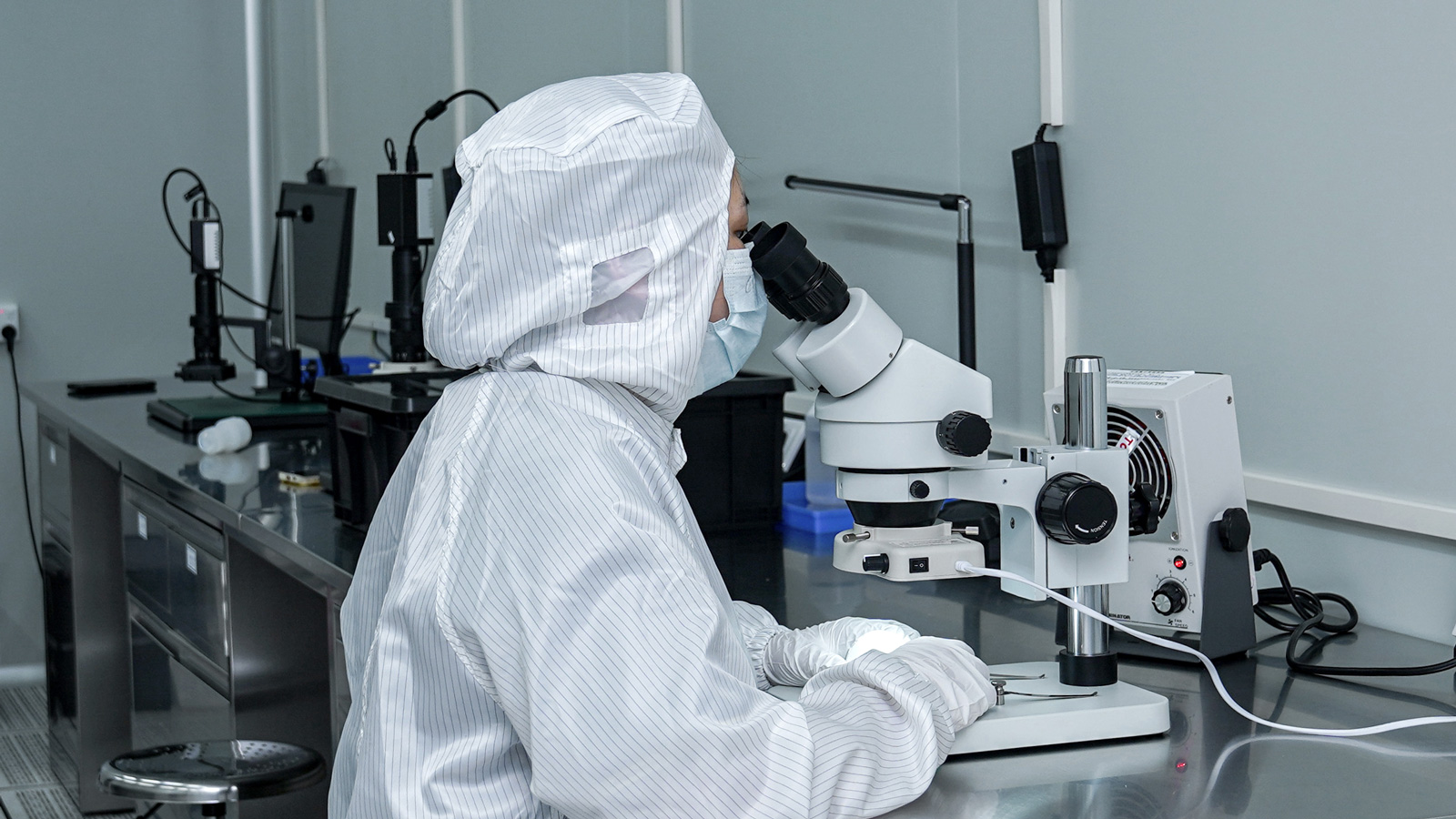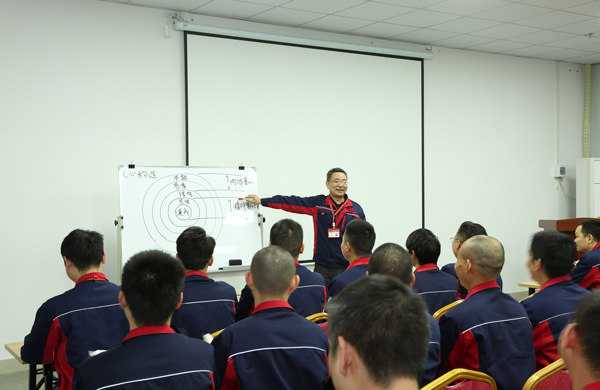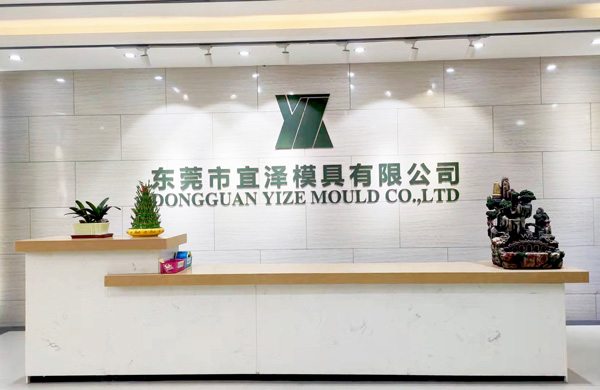PPSU (Polyphenylene Sulfone) is an amorphous, high-performance thermoplastic specialty engineering plastic renowned for its exceptional heat resistance, chemical resistance, and superior mechanical properties. These characteristics have led to its widespread application in high-end fields such as medical, automotive, and electronic appliances. However, the injection molding process for PPSU is relatively complex, necessitating strict control over multiple aspects to ensure product quality. This article will delve into the key considerations that should be taken into account during the PPSU injection molding process.
Temperature Control
-
Barrel Temperature: PPSU has a high melting point, typically ranging from 300°C to 350°C. Therefore, precise control of the barrel temperature is essential during the injection molding process to ensure complete melting and good flowability of the material. Insufficient temperature may result in incomplete melting, affecting product quality, while excessive temperature may lead to material degradation, which is also detrimental to product quality.
-
Mold Temperature: The mold temperature also significantly impacts the molding quality and performance of PPSU products. Generally, the mold temperature should be maintained at a relatively high level (e.g., 120°C to 180°C) to facilitate material flow and filling in the mold, reduce internal stress, and enhance the dimensional stability and mechanical properties of the products.
Pressure Management
-
Injection Pressure: The injection pressure directly affects the molding quality and density of PPSU products. Insufficient injection pressure may lead to incomplete mold filling and surface defects, while excessive injection pressure may cause flash, increased internal stress, and other adverse effects. Therefore, during the injection molding process, the injection pressure should be reasonably adjusted according to the product’s specific requirements and the mold structure.
-
Holding Pressure: Holding pressure is used to maintain the pressure in the mold after injection to prevent defects caused by cooling and shrinkage of the product. The holding pressure’s magnitude and the holding time’s duration should be comprehensively considered based on factors such as the wall thickness, shape, and size of the product.
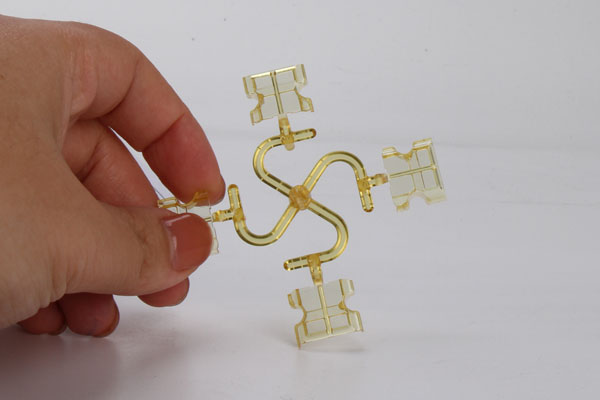
Mold Design
-
Runner Design: A reasonable runner design ensures uniform flow and filling of PPSU material in the mold, reduces flow resistance, and improves the molding quality of the product. The runner should be as short and straight as possible, avoiding excessive bends and branches.
-
Cooling System: An effective cooling system rapidly removes heat from the mold, shortens the molding cycle, and improves production efficiency. Meanwhile, uniform cooling also reduces internal stress and deformation of the product. Therefore, during mold design, full consideration should be given to the layout and efficiency of the cooling system.
-
Venting System: During the injection molding process, gases are generated in the mold. If not promptly vented, these gases may cause defects such as bubbles and silver streaks on the product surface. Therefore, the mold should be designed with a reasonable venting system to ensure the smooth release of gases.
Post-Processing
-
Annealing Treatment: PPSU products may have certain internal stress and deformation after injection molding. Annealing treatment can eliminate internal stress and improve the dimensional stability and mechanical properties of the products. Annealing treatment should be carried out immediately after demolding, with strict control over the annealing temperature and time.
-
Surface Treatment: Depending on the specific requirements of the product, surface treatment may be necessary to improve its appearance quality and corrosion resistance. For example, methods such as spraying and electroplating can be used for surface treatment of PPSU products.
Other Considerations
-
Material Drying: PPSU material must be thoroughly dried before injection molding to remove moisture and volatile substances. Otherwise, moisture and volatile substances may vaporize at high temperatures, forming bubbles and affecting product quality.
-
Equipment Maintenance: Injection molding equipment should be regularly maintained and serviced to ensure it is in good working condition. Particularly, the wear of key components such as the screw and barrel should be regularly checked and replaced.
-
Safety Precautions: The PPSU injection molding process involves high temperatures, high pressures, and other hazardous factors. Operators should strictly follow safety operating procedures and wear appropriate protective gear to ensure personal safety.
Conclusion
PPSU injection molding is a complex and delicate process that requires strict control over multiple aspects such as temperature, pressure, mold design, and post-processing. Only by comprehensively considering and reasonably controlling these factors can the quality and performance of PPSU products be optimized. Therefore, in actual production, operators should fully understand the characteristics of PPSU materials and the requirements of the injection molding process, continuously accumulate experience, and improve their injection molding skills.
